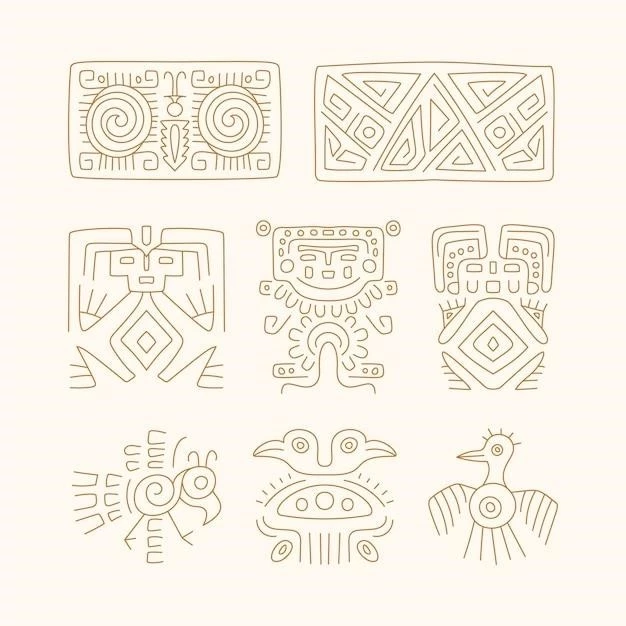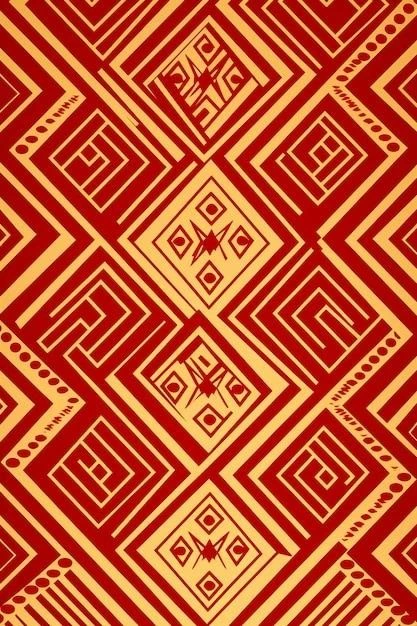The Nazca Lines of Peru: A Legacy Etched in the Desert
Nestled in the arid expanse of the Peruvian desert, the Nazca Lines stand as a testament to the ingenuity and artistry of a long-gone civilization․ These enigmatic geoglyphs, etched into the desert floor, have captivated the world’s imagination for centuries, prompting countless theories and interpretations․ This article delves into the fascinating history, significance, and enduring mystery of the Nazca Lines․

A Glimpse into the Past: Origins and History
The Nazca Lines were created by the Nazca culture, a pre-Columbian civilization that flourished in southern Peru between 200 BCE and 700 CE․ The exact purpose of these lines remains a subject of debate, but archaeologists and anthropologists have pieced together a fascinating narrative of their origins and significance․
The Nazca people were skilled artisans and engineers, known for their intricate pottery, textiles, and remarkable irrigation systems․ They utilized a unique technique to create the lines, meticulously removing the reddish-brown topsoil to reveal the lighter-colored subsoil beneath․ This process, painstakingly executed over centuries, resulted in a vast network of lines, figures, and geometric patterns that stretch across the desert for miles․

Unveiling the Mystery: Theories and Interpretations
The sheer scale and complexity of the Nazca Lines have sparked numerous theories about their purpose․ Some scholars propose they served as a giant astronomical calendar, aligning with celestial bodies and marking significant astronomical events․ Others believe they were pathways for religious processions or ceremonial rituals, connecting sacred sites within the Nazca landscape․
Another intriguing theory suggests the lines were a form of visual communication, a vast message etched into the desert that could be observed from afar․ This interpretation gains credence from the presence of animal figures, such as monkeys, birds, and spiders, which may have represented specific clans or deities․
The lack of written records from the Nazca civilization has left many questions unanswered․ However, the sheer magnitude and artistry of these geoglyphs provide a powerful glimpse into the cultural practices, beliefs, and technological prowess of this ancient society․
Preservation and Challenges
The Nazca Lines, designated a UNESCO World Heritage Site, face significant challenges in terms of preservation․ The fragile desert environment is susceptible to erosion, and human activity, such as unauthorized access, can damage the lines․
Efforts to protect these invaluable cultural treasures include establishing buffer zones, restricting access to certain areas, and promoting sustainable tourism practices․ The Peruvian government, along with international organizations, is committed to safeguarding this unique heritage for future generations․
A Timeless Enigma: The Nazca Lines Today
Despite the passage of centuries, the Nazca Lines continue to fascinate and intrigue visitors from around the globe․ Their enigmatic nature, combined with their awe-inspiring scale, makes them a testament to the ingenuity and mystery of ancient civilizations․
While the exact purpose of the Nazca Lines may never be fully understood, their enduring legacy serves as a reminder of the boundless creativity and cultural diversity of the human spirit․ They stand as a silent testament to the enduring power of art and the enduring mystery of the past․










